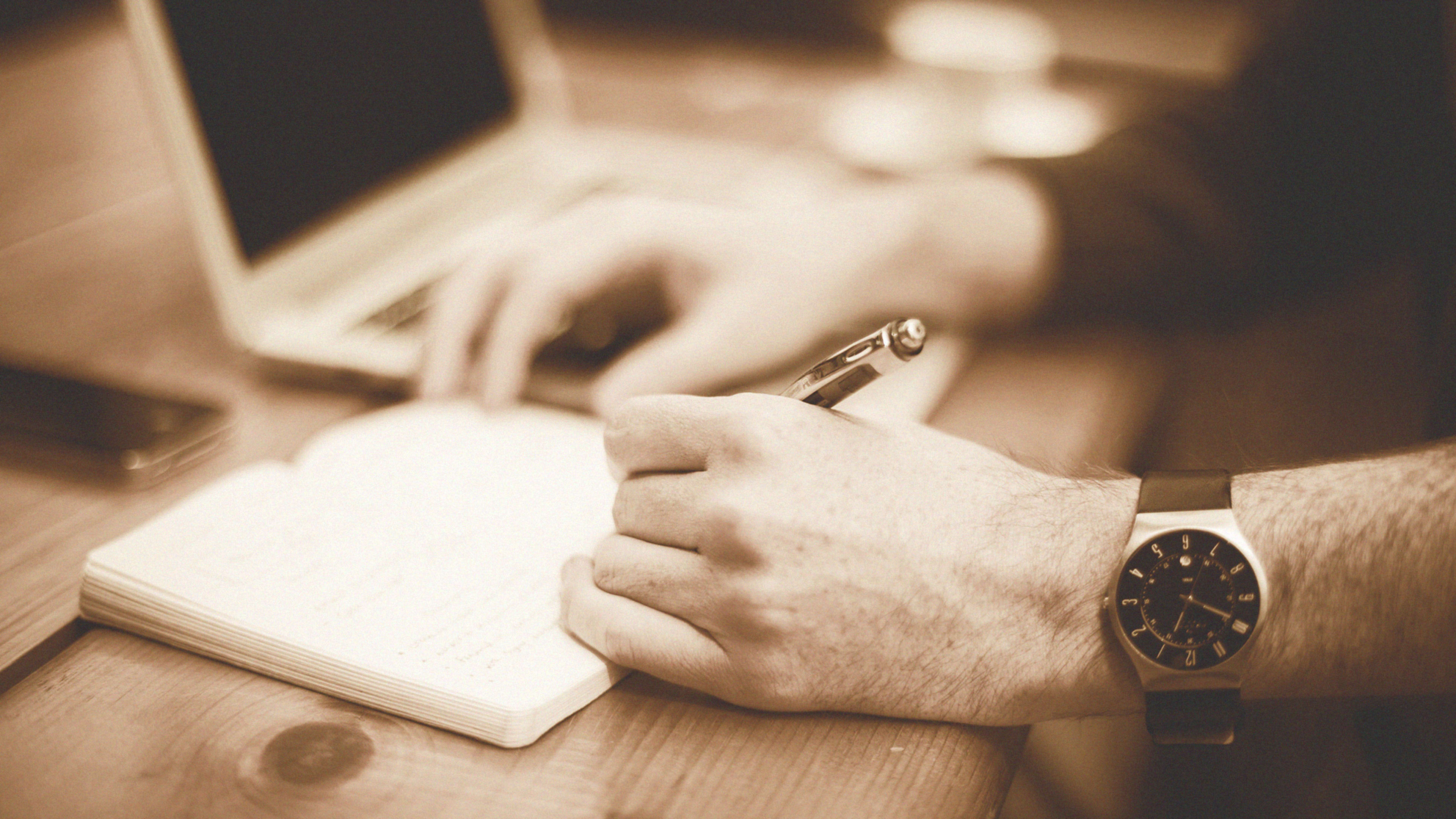It might be hard to believe, but left-handed people make up only an estimated 11% of the population.
As child educational psychologist, author, and former UCLA associate professor Charlotte Reznick, PhD (who is left-handed herself) explains, this fragment of the population sees the world through a unique lens. “When we’re left-handed, our right brains are usually dominant, and that’s where creativity and intuition are centered. So it’s often easier for us to be creative than logical. And our brains more easily use both sides of the brain at once, so we have the advantage of also being more flexible in our thinking,” she explains.
How does this impact how left-handers perform? Here, experts explain:
They’re used to putting up with challenges
As the daughter of two right-handed parents, I didn’t realize I was a lefty until I went to kindergarten. At first writing was difficult for me until a teacher put my pencil in my other hand—and poof! I took off scribbling. Because my parents assumed I was a righty (and why wouldn’t they? Lefties are rare), I’m actually able to do most tasks with both hands. With sports, for example, I’m actually stronger with my right hand, but I can play tennis just as easily as a lefty. With writing or anything that stimulates the creative aspect of work, I’m 100% a lefty.
The ability to move between both sides of our body is actually pretty common, according to Reznick, and it’s one of the ways us lefties work strategically. Because we’ve grown up with the challenges of being different in world where nearly everything is designs for right-handed people, we tend to be nimble. Even if it’s as small as adapting to doors, tools, or scissors, she says we’ve developed functional solutions for it all. That makes left-handers more flexible in the office and fast to react. “Subtle things are more difficult for us—like opening a door, cutting a piece of paper, even writing left to right—but we rise to the occasion,” she adds.
They see and feel the general idea of every issue
One way to look at the contrast between lefties and righties, according to psychologist Yvonne Thomas, PhD, is how they approach problem solving. While those on the right might apply logical solutions to an issue, she explains that lefties have the innate ability to come up with several options, as opposed to just one black-and-white route.
Reznick has experienced this personally, explaining she often sees or feels the general idea of the task at hand, rather than needing to break down an issue into specific, tangible parts. “When parents come into my office for my help in their child’s behavior, I take time to listen to their concerns, but I form an opinion, from a feeling I get, from my intuition, rather than from a logical list of problems they offer. I am able to look under the words to the bigger picture of emotions and find a more creative solution than many others,” she shares.
This is juxtaposed with her right-handed sister who will make logical points that form the basis for her opinions, decisions, and behavior. “It hurts my brain to pull the logic out—I can, but it’s not my choice,” she continues.
They follow creative intuition
Since left-handed professionals are right-brain dominant, this means they are more likely to follow that creative flow of information or processing. While those who choose to work primarily with their right hand can also be creative, they might struggle more with following that gut reaction, spark, and inspiration when it strikes, according to Reznick. That’s likely why many writers, musicians, artists, and other creators tend to be lefties: They’re not afraid to approach life and their work differently, since they don’t question their ideas as much.
“I trust that in the moment, my creative intuition knows. That dominant creative, artistic, and intuitive brain was able to create a new way of working with children,” she explains. “I never fit in with the general population of therapists and was pushed toward organizing a new way of working with children. I couldn’t have done it without being left-handed and having the type of brain we lefties have.”
They process information quicker
Because of the knack lefties have for connecting the two sides of their brain, Thomas says they tend to process information quickly. This makes them super-fast learners who catch on to new tasks and asks after a few tries, and it makes them a strong partner to have in a pinch with a difficult client or while on a tricky phone call. Even though they might not be as detail-focused, they can digest concepts and come up with a solution faster than a righty put in the same situation.
They are more independent
Partly because they’ve always been somewhat set apart from others, Thomas says left-handed professionals tend to work more independently. “They can develop a more individual image of themselves rather than an image of themselves as part of a group. As a result, left-handed people can develop characteristics of being more independent and nonconforming than their right-handed counterparts,” she explains. While a lefty will still contribute to a brainstorm session, providing interesting feedback and ideation, they might prefer to execute all deliverables on their own.
It makes sense since, hey, they don’t have to elbow the righties to give them some space.
Recognize your brand’s excellence by applying to this year’s Brands That Matter Awards before the early-rate deadline, May 3.
